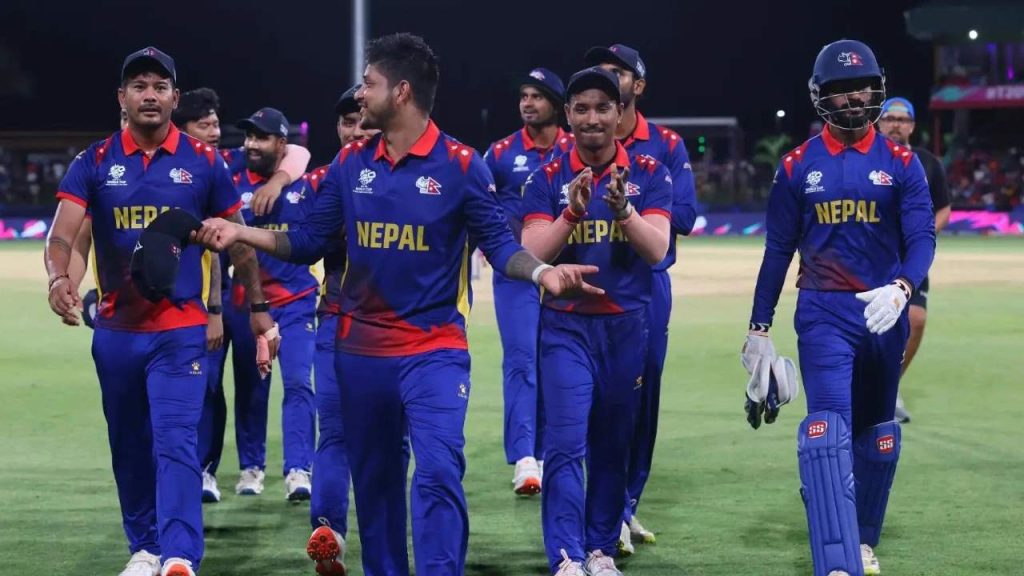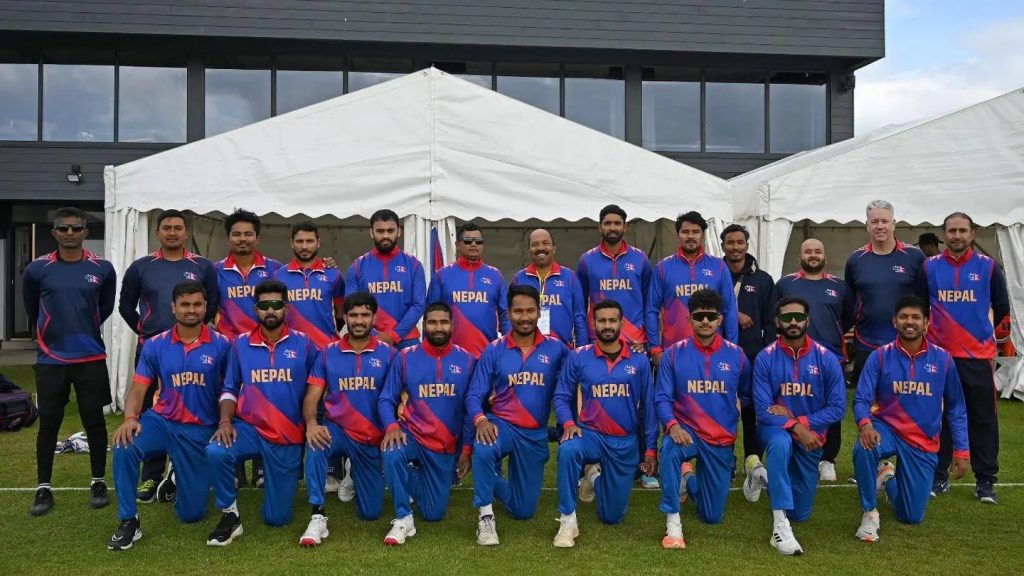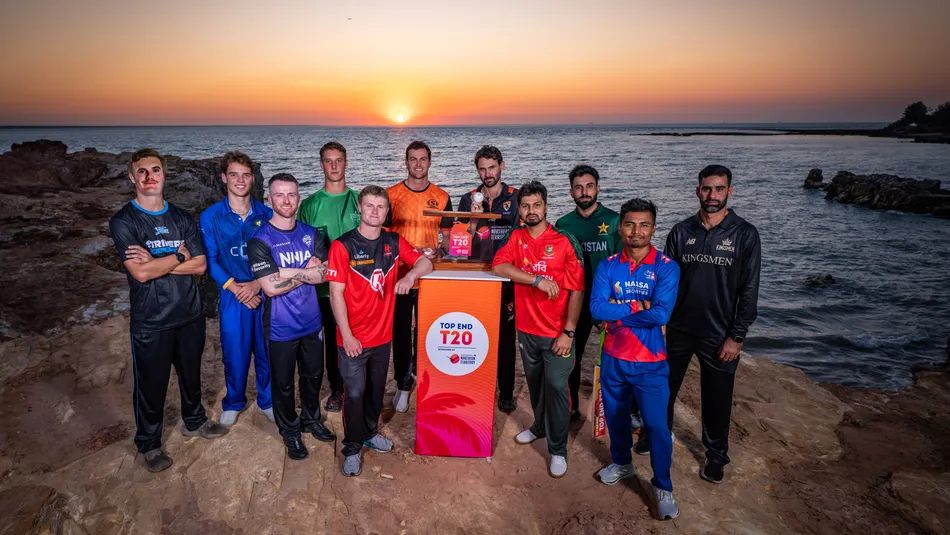Match Schedule and Venues

Nepal participated in the fourth edition of the Top End T20 Series held in Darwin, Australia. The tournament schedule included multiple league-stage games where Nepal competed against strong ‘A’ sides from Bangladesh and Pakistan. Playing in day and night conditions at DXC Arena tested the team’s adaptability. Observing the match schedule and venues highlights how Nepal’s performance in Top End T20 Series was influenced by unfamiliar Australian conditions and larger grounds, which required adjustments from the players. Nepal performance in Top End T20 Series
Three Key Lessons from Nepal Performance in the Top End T20 Serie

Nepal’s journey in the Top End T20 Series concluded after a narrow one-run loss to Pakistan Shaheens. Finishing with two wins and four losses, Nepal demonstrated determination but fell short of reaching the semi-finals. The team’s close finish showcased resilience, and analyzing Nepal’s performance in Top End T20 Series provides insights into both the challenges faced and the potential for growth in future tournaments. Nepal performance in Top End T20 Series
1. Longer Boundaries and Catchouts Impacted Nepal’s Batting

One of the key takeaways from Nepal’s performance in Top End T20 Series was the challenge of larger boundaries and frequent catches. Nepali batters, including Lokesh Bam, Aasif Sheikh, Rohit Paudel, Kushal Malla, and Dipendra Singh Airee, were dismissed multiple times through catches in crucial moments. Even in victories, such as the 66-run win over Hobart Hurricanes Academy, several wickets fell to catches. DXC Arena’s 73-metre square boundary and 86-metre straight boundary made hitting sixes more difficult compared to Nepal’s TU Cricket Ground. These conditions forced the team to rethink shot selection and approach in high-pressure situations. Nepal performance in Top End T20 Series
2. Differences in Abilities and Playing Conditions
Another critical lesson from Nepal’s performance in Top End T20 Series was the need to adjust to foreign conditions. Except for Sandeep Lamichhane, most Nepali players had little experience playing in Australia’s hotter climate and on bouncy pitches. Nepal’s first win came only in the fourth match after three losses, showing the adjustment period required. Facing experienced ‘A’ teams from Bangladesh and Pakistan also highlighted the skill gap, emphasizing the need for exposure to high-level cricket to improve consistency and performance under pressure. Nepal performance in Top End T20 Series
3. Competition for Spots in the Playing XI

Nepal’s performance in Top End T20 Series was also shaped by competition for places in the squad. Head coach Stuart Law rotated players, with only Kushal Bhurtel and Kushal Malla playing all six games. This rotation strategy helped assess the depth of the squad and kept players motivated to perform in every match. The experience of being constantly under evaluation prepared the team for upcoming tournaments like the T20I series against West Indies in Sharjah and the regional qualifiers for the 2026 T20 World Cup in Oman. Nepal performance in Top End T20 Series
READ MORE : Nepal A Set for Five-Match T20 Series Against Assam State, Including Day/Night Games
Upcoming Matches and Preparation

Despite exiting the Top End T20 Series, Nepal’s performance provides important lessons for the team’s future development. The squad will continue playing five more friendlies in Australia, facing teams such as Australian Capital Territory (ACT) and South Australia Cricket Team (SACT). These matches will help Nepali players adapt to different playing conditions, refine techniques, and gain experience against quality opposition. This preparation ensures Nepal is better ready for international challenges ahead. Nepal performance in Top End T20 Series
Overall, Nepal’s performance in Top End T20 Series highlighted both challenges and opportunities. Difficulties with larger boundaries, foreign pitch conditions, and strong opponents gave players invaluable lessons. By learning from these experiences, Nepal can enhance skills, strengthen squad depth, and build confidence for the upcoming West Indies T20I series and the 2026 T20 World Cup qualifiers in Oman. The exposure gained in Australia is expected to be a stepping stone for improving the team’s competitiveness in international cricket. Nepal performance in Top End T20 Series
FAQs
Q1: How did Nepal perform overall in the Top End T20 Series?
A1: Nepal finished the tournament with two wins and four losses. The team showed determination and resilience but narrowly missed advancing to the semi-finals. Nepal performance in Top End T20 Series
Q2: What challenges did Nepal face with batting at DXC Arena?
A2: Nepali batters struggled with larger boundaries and frequent catches. The longer 73-metre square and 86-metre straight boundaries made hitting sixes difficult, requiring adjustments in shot selection. Nepal performance in Top End T20 Series
Q3: How did foreign conditions affect Nepal’s players?
A3: Most players, except Sandeep Lamichhane, had limited experience in Australia’s hotter climate and bouncy pitches. The team needed several matches to adjust and perform consistently under pressure. Nepal performance in Top End T20 Series
Q4: How did competition for spots influence Nepal’s performance?
A4: Coach Stuart Law rotated players to assess squad depth and maintain motivation. Only Kushal Bhurtel and Kushal Malla played all six matches, giving other players valuable exposure and experience. Nepal performance in Top End T20 Series


